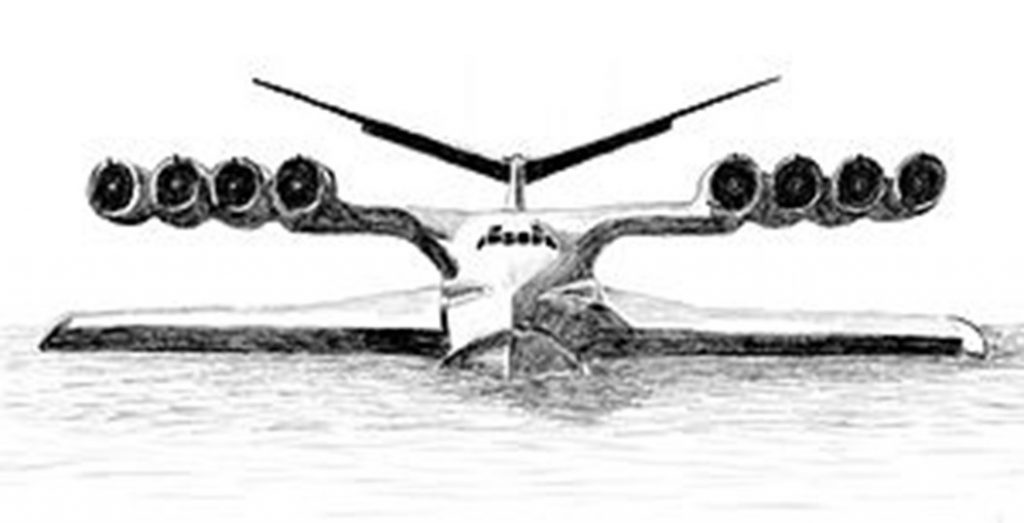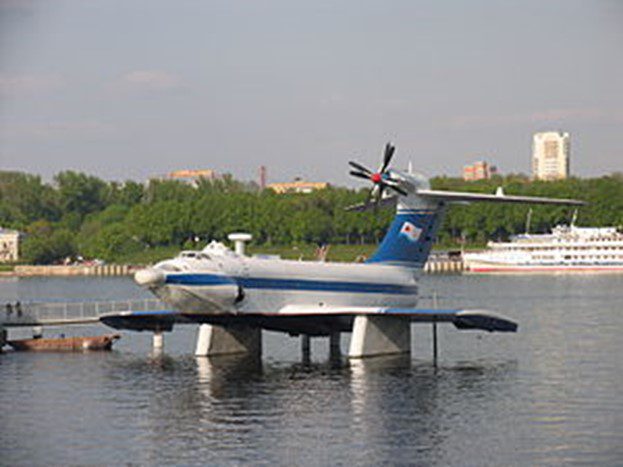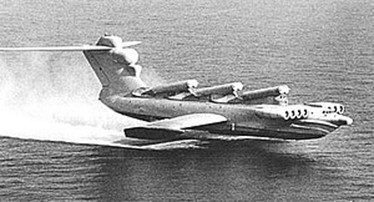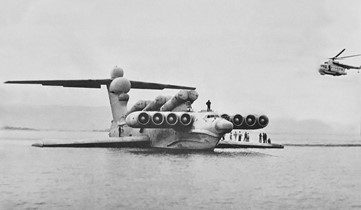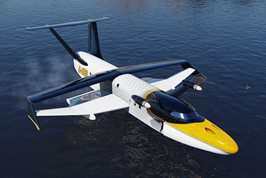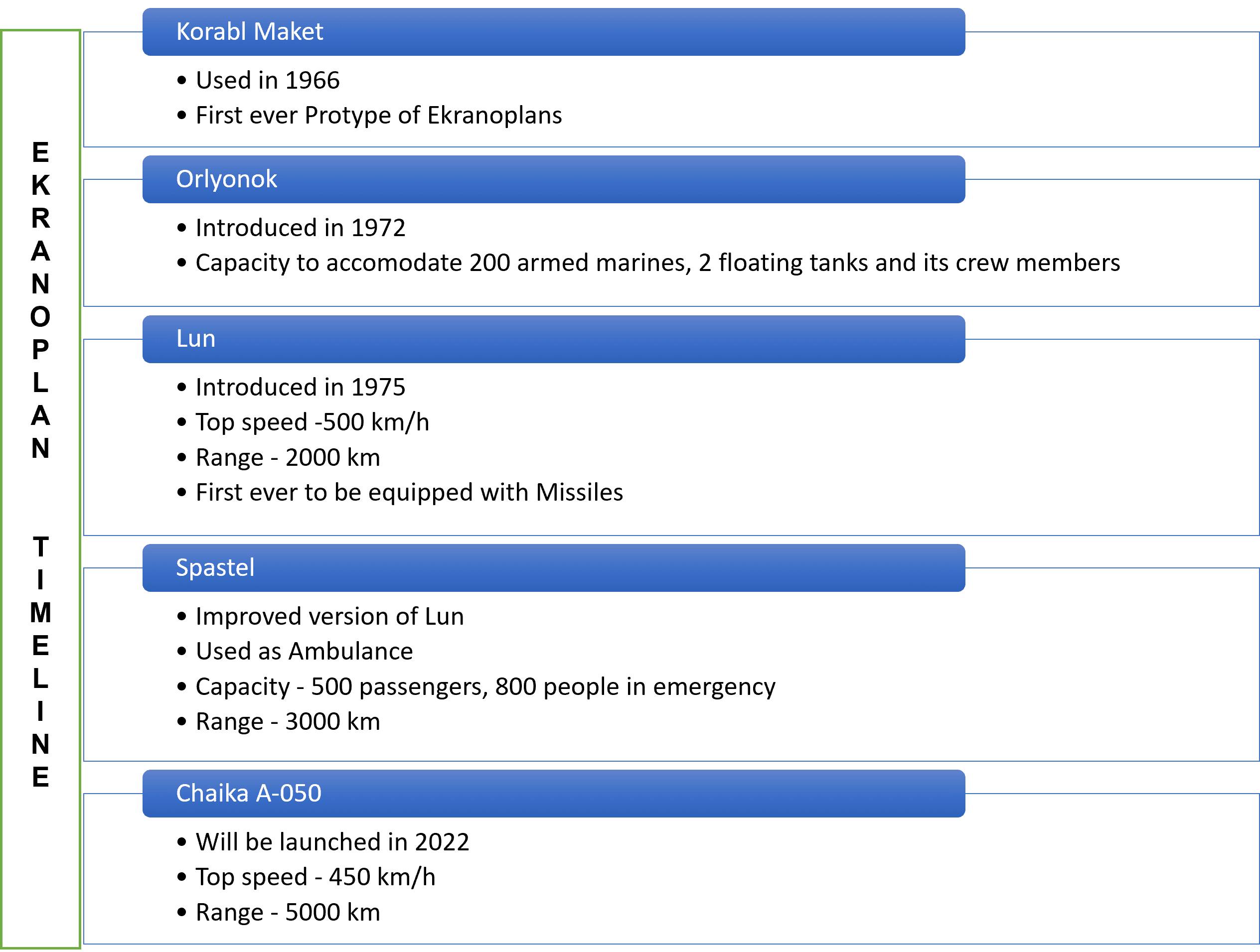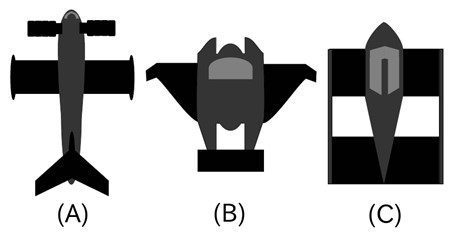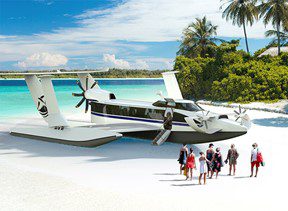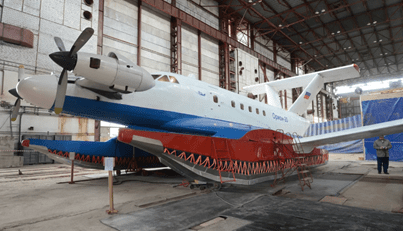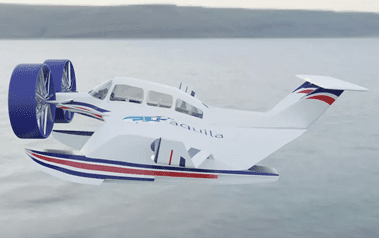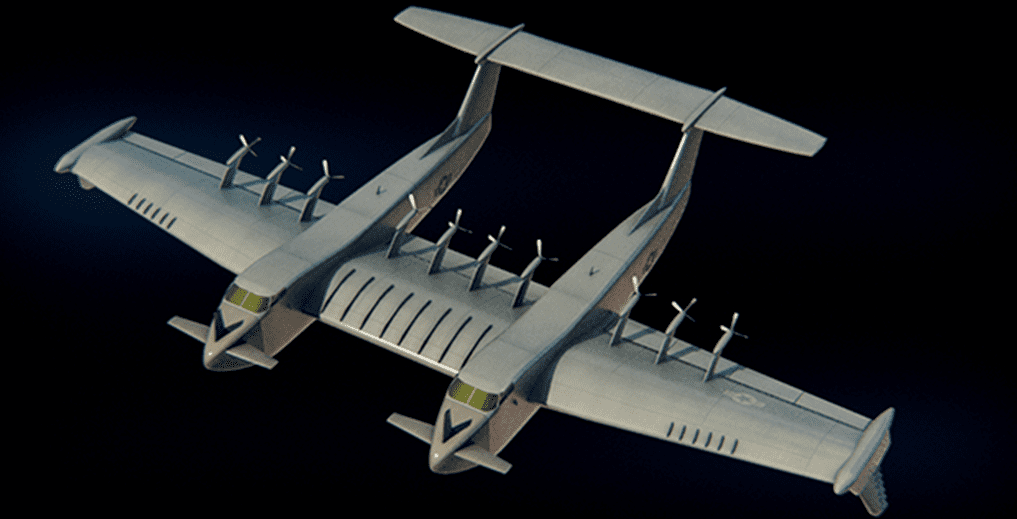Tandem Wings have two wings where one wing is positioned behind the other. The crafts with these types of wings had limited stability, low seaworthiness, and high take-off speeds. Tandem Wings can have three types of configurations: –
- A biplane-style: Biplane style has a shoulder-mounted main lift wing & belly mounted sponsons similar to those on combat and transport helicopters.
- A canard-style: This type of configuration comprises mid-size horizontal wing near the nose of the craft resulting in airflow under the main lift airfoil and, in turn, reducing the water drag.
- Two stubby wings: In this type of configuration, two short and thick wings are devised such that the design leads to a self-stabilizing craft longitudinally. This configuration produced by Günther Jörg in Germany in tandem-airfoil flairboat.

